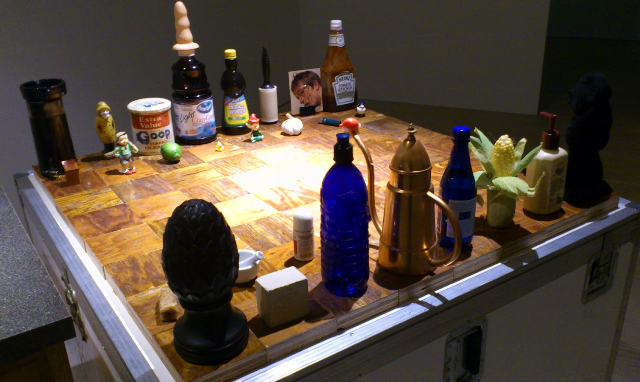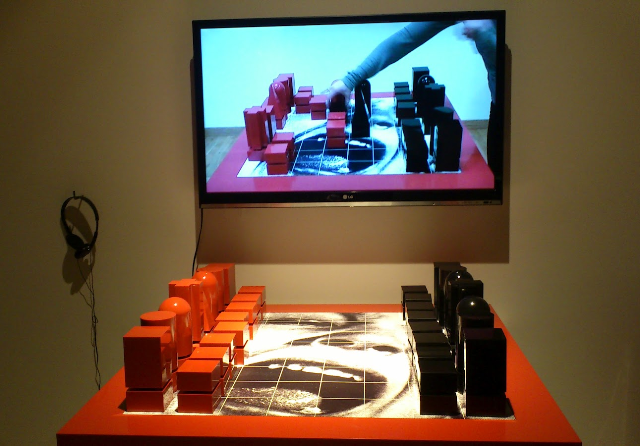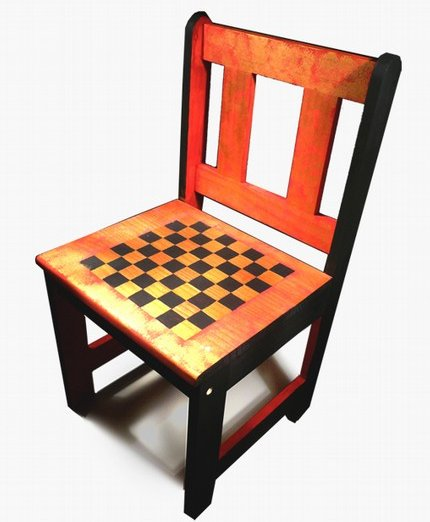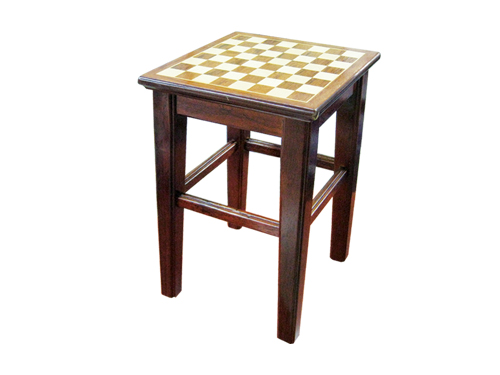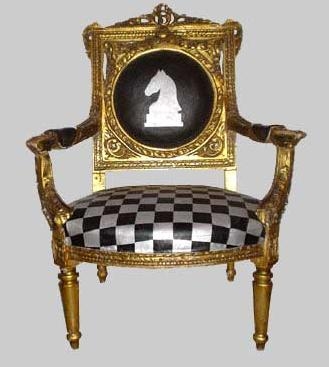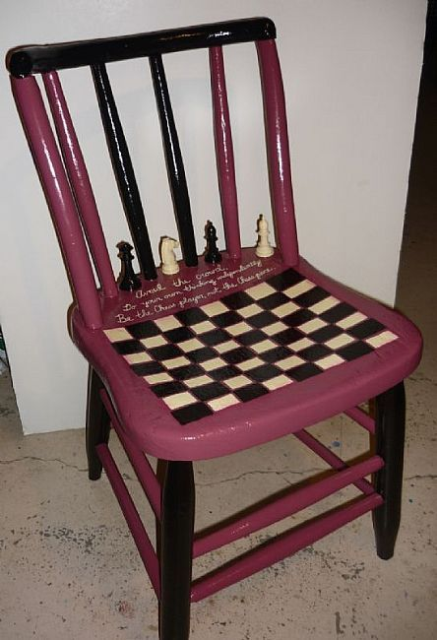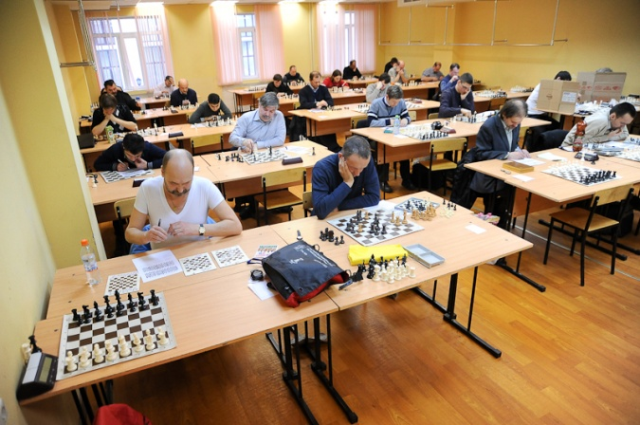Dear chess friends,
Below you can find the official Round 8 Report on the GRENKE Chess Classic in Baden-Baden. Please feel free to use this report and the accompanying photos and videos on your own websites, but please link to the official website (http://www.grenkechessclassic.com) and credit Georgios Souleidis for the photos, Macauley Peterson for the videos and myself (Colin McGourty) for the text.
If you’d prefer not to receive press releases from the GRENKE Chess Classic please reply to this mail with „UNSUBSCRIBE” as the subject.
Best wishes,
Colin McGourty
GRENKE Chess Classic press team
—-
Note: the full version of this report including diagrams will shortly appear on the official website
Round 8: History repeats itself
Fabiano Caruana has taken a huge stride towards winning the inaugural GRENKE Chess Classic by once again defeating Arkadij Naiditsch from a lost position. Viswanathan Anand was unable to match the young Italian as he failed to convert an advantage against Georg Meier, while birthday boy Daniel Fridman was happy to stop the rot with a solid draw against Michael Adams.
Fridman had suffered two tough losses in rounds 6 and 7 and clearly had few Napoleonic plans for his game against Adams. Until move 12 they were following the game Gawain Jones played against Adams on top board in Round 4 of the recent tournament in Gibraltar. Jones tweeted, “Fridman using an old line against the Nimzo that I played against Mickey in Gibraltar. I managed an edge so Mickey deviated with 12…Qe5”. In that earlier game Adams had castled queenside immediately and ended up worse, though he eventually drew. The most curious moment of today’s game came on move 14.
Kramnik and Gelfand are among those who’ve played 14…Qa5+, but Adams saw some ghosts after 15.b4?! and instead came up with 14.Bc6?! Fridman was very puzzled: “The whole idea of this 11.Ne2, 14.Nd4 line is to prevent Bc6, which is why it was surprising that after 20 minutes Mickey played it anyway!” It certainly looked strange, but after queens were swapped off any outcome other than a draw looked improbable. Fridman wasn’t complaining: “After two losses in a row you want such a position – not a big risk and if Black makes some inaccuracies…” IM Lawrence Trent offered to commentate in his underpants for Round 9 if the game ended decisively, but fortunately that was avoided (with meteors and asteroids the world has been shaken enough for one day!). Fridman did show an amusing line at the end where he walks his king into mate: “I could have played 35.Kb5 Kd7 36.Ka6 Nc7 mate, but that would be Mickey’s birthday not mine”.
World Champion Viswanathan Anand was downhearted in today’s post-game press conference, lamenting that he’d “blown his game” and spoiled an ending that “must be technically winning, somehow”. In the end he’d been the one who had to find only moves to force a perpetual in a pawn race he described as “a mess – I had no idea what was going on”.
In had all started off very differently. Meier’s pet 7…Nd5 line in the Rubinstein French had been dealt a powerful blow in his first round game against Caruana (GM Dmitry Kryakvin wrote a fine article about that in Russian for the Russian Chess Federation website), so he varied today with 7…Bd6. The opening seemed to go fine for the German except that the World Champion was obviously well-prepared. 16…Kg8 (instead of 16…f5!?) was flagged as an inaccuracy by Meier, who’d missed Anand’s later zwischenzug 20.Qg3!
After 20…Kh7 21.Bd2 Qa4 (maybe 21…Qa6 was better) 22.b3 White was on top, and there were flashes of the Anand of old as he moved quickly and confidently, for instance playing 29.Ba5 instantly and with a flourish. It was clear the champion felt it would just be a matter of time before he picked up one or more of Black’s pawns and converted a full point. The curious thing for this observer, at least, was that Meier was also playing quickly, with the players reaching the time control with 30 minutes to spare each. He explained afterwards that it wasn’t a case of confidence in his position but simply that it was relatively straightforward to play, and his one idea was to push his h-pawn as he did in the game. Anand regretted playing 40.Bxc5.
That allowed Meier to play 40…Rd1! and use his rook to harass White’s kingside pawns, but it seems Meier was correct to point out that 40.Kc1 wouldn’t be a huge improvement after 40…Be4!. In fact, despite Anand’s disappointment it’s not clear that either player went far wrong in the ending. When Adams and Fridman discussed the game in their press conference they realised it was White who had to be careful as the h-pawn couldn’t be stopped. It looked daunting, but both players had seen the drawing lines. 51.Rd5! ensured White also queened and Meier was unable to prevent the white queen and bishop from delivering perpetual check. All in all, despite the misgivings of the participants, it seems it was objectively a well-played game.
Not for the first time here in Baden-Baden it was Arkadij Naiditsch who ensured the spectators wouldn’t be deprived of spectacular attacking chess, though Fabiano Caruana is fast becoming his nemesis. First Naiditsch only managed to draw an overwhelming position against the Italian in last year’s Dortmund tournament, and now Caruana has twice actually won when all the odds have been stacked against him.
Naiditsch started the game by playing the Exchange Variation of the Ruy Lopez, which Caruana admitted he hadn’t looked at despite having lost to Naiditsch in the same line back at the 2009 European Championship. The Italian knew he was in for a hard day when he realised that after 16.Kh1 his intended 16…Bc5 runs into 17.Nd5!. He was forced to allow 16…Qc6 17.Nd4! Qb6 18.Ndf5! Bc5 19.Qe1!, and Caruana could find nothing better than inviting the onslaught with 19…g6!?, though he had no illusions about the solidity of Black’s position. Indeed, after 20.Nh6+ Kg7 21.g4 Bb7 22.g5 Nh5 23.Be5+ f6 24.gxf6+ Nxf6 it turned out White had a clear win.
25.Rd1!!, leaving both white knights en prise, was the move. The main line is 25…Bxe3 26. Rd7+! Kxh6 (26…Kh8 27. Ng4!) 27. Qh4+ Nh5 28.Bg7 mate. Adams commented that the rook move was something that might have been played on general principles, as it’s obviously good to include another piece in the attack. Naiditsch still had a whirlwind attack after 25.Neg4, however, and it was only after 25…Bd4 26.Bxd4 Qxd4 27.Rd1 Qxb2 that the game was turned on its head.
After the game a dejected Naiditsch was asked about missed wins and exclaimed, “I think there were 10 – I counted 8, but maybe I missed some!” This was the moment when he felt at least two of them slipped. 28.c3!, blocking the queen, was the move Naiditsch was originally planning to play and was also apparently suggested by Hikara Nakamura, an interested observer of the live commentary. The players also noted 28.Qg3! and despite Houdini’s evaluations Caruana said after the game that he hadn’t seen a defence against either move (by this stage he also had well under a minute a move).
Instead Arkadij played 28.Nxf6????? (the question marks are his own), when after 28…Qxf6 29.Ng4 Qf4! it was Black who was in the driving seat. Naiditsch’s best bet was perhaps to exchange off queens and try to survive an ending a pawn down, but he decided his best chances were in complications. Caruana didn’t see everything (for instance, 36…Bxg4! 37.hxg4 b4! wins on the spot as White can’t defend f3), but he saw enough. The last truly tense moment came when Caruana had 30 seconds left to make the time control.
Caruana saw the spectacular 40…Rd8!, though he was worried he’d missed something after 40…Nd7 c5! (he hadn’t!). All his good work could have been undone with 40…Qh6?, but he kept his full advantage with 40…Qf5! Caruana felt afterwards that he’d made things difficult for himself at the end, but not for the first time in this tournament when you check the moves with a computer it turns out he played with computer-like precision. He may be living dangerously, but don’t believe anyone who suggests the Italian’s success is down to luck.
So with only two rounds to go Fabiano Caruana now leads World Champion Viswanathan Anand by a full point.
1. Caruana: 5.5/8
2. Anand: 4.5
3. Naiditsch: 4
4-5. Adams, Meier: 3.5
6. Fridman: 3
Anand will have to go all out to beat Fridman in Saturday’s Round 9 and hope that Caruana can’t beat Adams. The full pairings for the penultimate round are:
Anand – Fridman
Meier – Naiditsch
Caruana – Adams
Follow the live coverage on the GRENKE Chess Classic website from 15:00 CET: http://live.grenkechessclassic.com
While the GRENKE Chess Classic is just about to reach its climax the Elo Open accompanying the main event ended today. Draws on the top four boards saw French top-seed Etienne Bacrot claim first with 7/9. There was a three-way tie on 6.5, with India’s Parimarjan Negi taking silver and Argentina’s Ruben Felgaer bronze. Tornike Sanikidze from Georgia was unlucky to miss out on a prize on tiebreaks. You can play through games from the tournament at the GRENKE Chess Classic website: http://grenkechessclassic.de/en/grenke-chess-classic/games and find the full results at Chess-Results: http://www.chess-results.com/tnr87512.aspx?lan=1
Report: Colin McGourty Photos: Georgios Souleidis Videos: Macauley Peterson
——————————————————
NOTE ON VIDEOS:
You’re encouraged to embed Macauley Peterson’s livestream video of the post-game interviews on your websites. Simply copy and paste the following code: (the videos can also be found at: http://grenkechessclassic.com/en/videos-en/8th-round )
Round 8:
<iframe src=”http://new.livestream.com/accounts/2700783/events/1873485/videos/11709914/player?autoPlay=false&height=360&mute=false&width=640” width=”640″ height=”360″ frameborder=”0″ scrolling=”no”></iframe>
Fridman and Adams:
<iframe src=”http://new.livestream.com/accounts/2700783/events/1873485/videos/11718027/player?autoPlay=false&height=360&mute=false&width=640” width=”640″ height=”360″ frameborder=”0″ scrolling=”no”></iframe>
Anand and Meier:
<iframe src=”http://new.livestream.com/accounts/2700783/events/1873485/videos/11722193/player?autoPlay=false&height=360&mute=false&width=640” width=”640″ height=”360″ frameborder=”0″ scrolling=”no”></iframe>
Naiditsch and Caruana:
<iframe src=”http://new.livestream.com/accounts/2700783/events/1873485/videos/11724340/player?autoPlay=false&height=360&mute=false&width=640” width=”640″ height=”360″ frameborder=”0″ scrolling=”no”></iframe>





